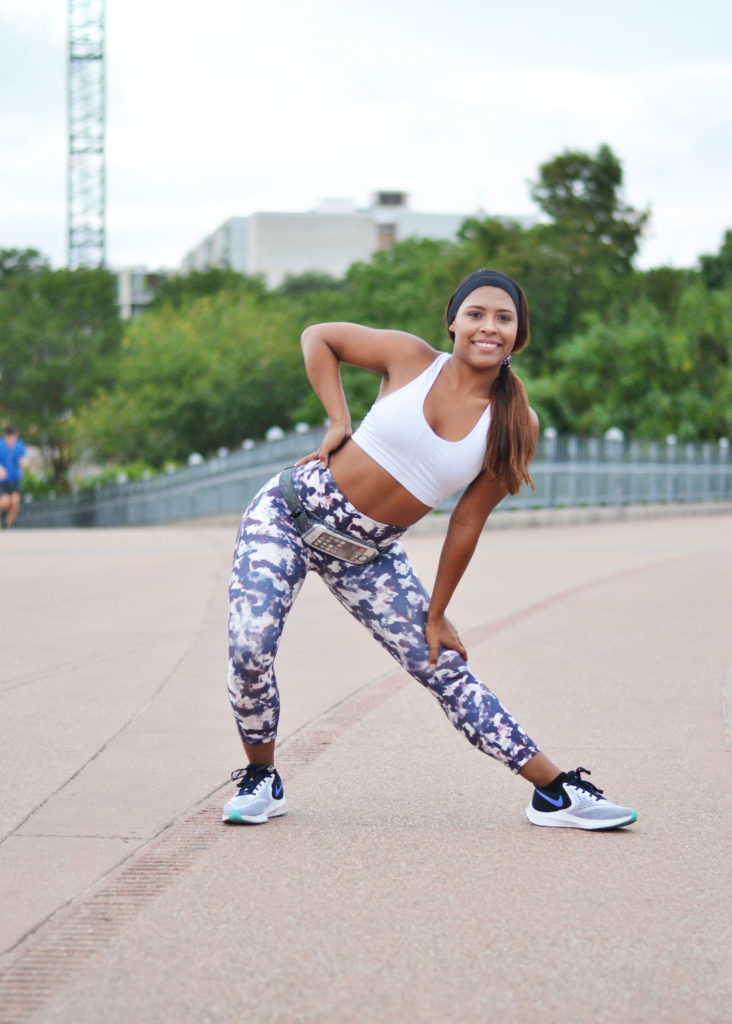Stretching Moves to Do Before and After a Workout

No pain, no gain? If exercise is supposed to make us feel better, then why can it cause so much pain? It doesn’t have to be that way.
Often, the discomfort or pain felt during a strenuous workout stems from a buildup of lactic acid in the muscles, and it disappears quickly after ending activity. Stretching during a workout can help relieve some of the lactic acid build-ups. However, most pain comes from the soreness occurring a day or two after exercising. Strenuous exercise causes microscopic damage to the fibers in the muscle leading to Delayed Onset Muscle Soreness (DOMS). Stretching helps to alleviate the pain and more importantly helps prevent injury to muscles.
However, the benefits of pre-workout stretching have been debated with some experts viewing the practice as being unproven to help avoid injury and sore muscles or heighten performance. They point to the fact that long static stretches can lower some performance metrics (like speed) and that holding a stretch can tire a muscle.
But in general, stretching is widely seen as beneficial, and incorporating pre-workout and post-workout stretches help avoid the pain and soreness stemming from extra vigorous exercising such as running. Keep reading to get some tips for stretching and the useful stretches to do before and after a workout to steer clear from soreness, pain, and injury.
When incorporating stretching into your physical routine:
- DO warm-up before stretching. And don’t go into stretches cold as it’s more difficult to stretch cold muscles. A warm-up makes muscles more pliable.
- DON’T overstretch. As stated earlier, it’s possible to tire muscles. Stretching (similar to other forms of physical activity) stresses the body, especially if stretching the same group of muscles numerous times a day. Over-stretching risks causing damage.
Now that you are ready to work out and do a pre-exercise stretch, here are some of the ones that have come up as being beneficial.
In a lieu of static stretching, dynamic stretching exercises (stretching involving the repetitive movement of limbs through a range of motion) have been shown to increase performance and are more ideal for a pre-workout stretch routine. After first warming up with a walk, light jog, or arm swings, add ten to fifteen minutes of dynamic stretches such as these, to a pre-workout routine:
- Dynamic Side Lunge
- Arm Circles
- Leg Swings
- Knee to Chest
- Trunk Rotation
Unlike pre-workout stretching, post-workout stretches (and cool down) are widely known as useful. They help to relax the muscles and improve the blood flow, etc.
Some great ones are:
- Overhead Triceps Reach
- Standing Calf Stretch
- Standing Bicep Stretch
- Cat-Cow Stretch
- Piriformis Stretch
Stretching benefits the body in many ways and complements a workout routine. Hopefully, the above stretching tips will keep the pain and soreness at bay, keeping you looking and feeling great!

